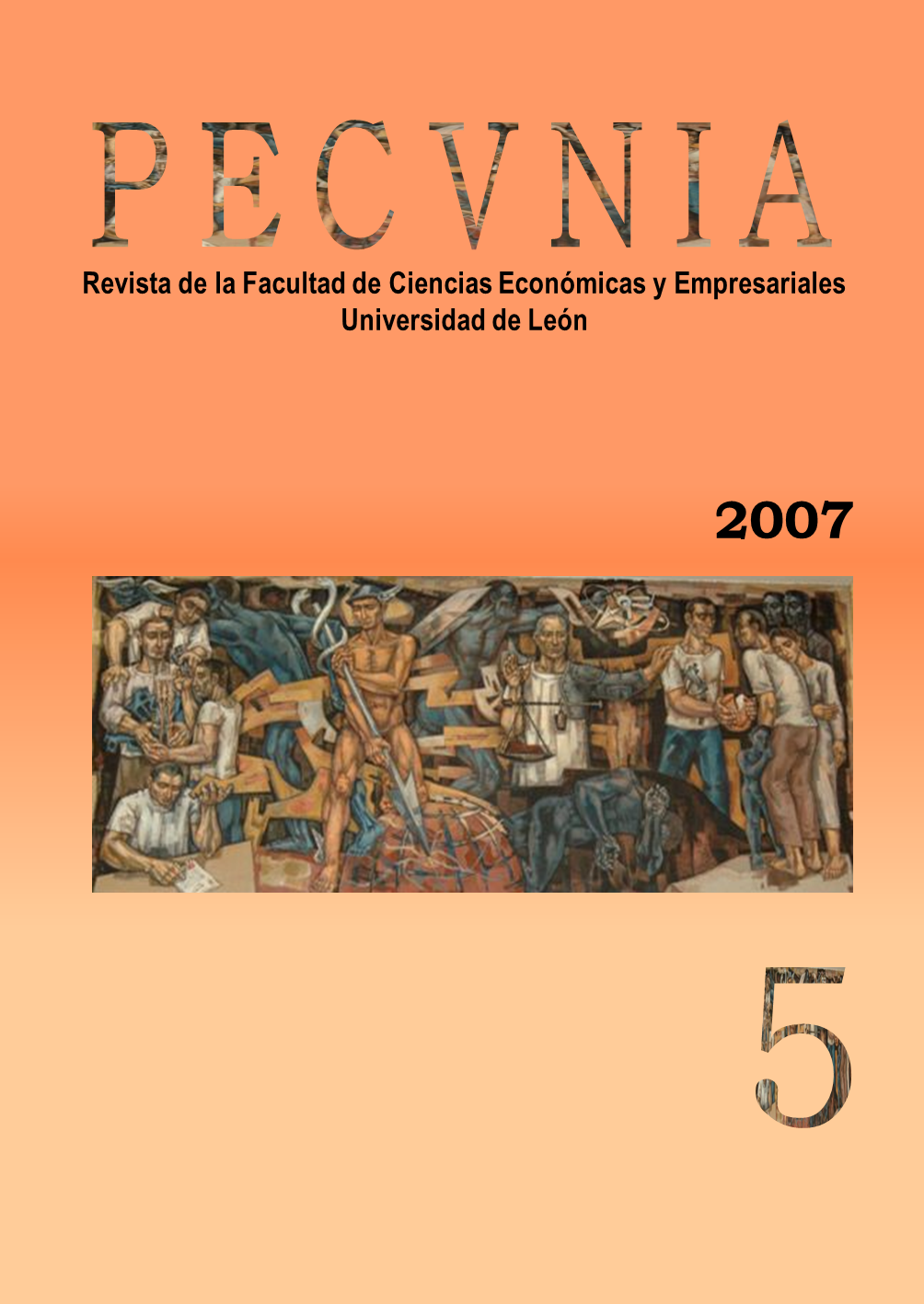CRM ¿filosofía o tecnología? : mitos y realidades de la orientación al cliente
DOI:
https://doi.org/10.18002/pec.v0i5.716Palabras clave:
CRM, Alineamiento estratégico, Sistemas de información, Data Warehouse, Data mining, Marketing directo, Inteligencia de marketing, Scoring, Strategic alignment, Information systems, Direct marketing, Marketing intelligenceResumen
Actualmente en el mundo empresarial existe la necesidad prioritaria de cuidar a los clientes. Las organizaciones invierten mucho, a veces demasiado, en este propósito. Esa inversión no siempre está correctamente fundamentada y analizada, muchas veces prima más la copia a los competidores, que un cuidadoso análisis de las necesidades internas de la propia organización. La orientación de las organizaciones hacia el cliente, no es más que el buen trato y el conocimiento exhaustivo del cliente, con el fin de incrementar su rentabilidad a lo largo del tiempo.Una de las modas que proliferan es la inversión (muchas veces gasto) en tecnologías CRM (Acrónimo en inglés de Customer Relationship Management). CRM se percibe continuamente en el mundo empresarial como 'Tecnología" no como "Filosofía" empresarial. La cifra de negocio mundial por la venta de este tipo de aplicaciones (es decir "tecnología") es creciente, lo que sorprende si pensamos que, al mismo tiempo, más de la mitad de los proyectos de implantación fracasan, o si se quiere, no alcanzan el éxito deseado. El principal motivo de fracaso suele ser por la falta de concordancia o alineamiento entre la tecnología y la estrategia global corporativa. Esta alineación debe aplicarse y verse reflejada en la estructura, cultura y los procesos de la organización, así como en las políticas en cuanto a sistemas y tecnologías de la información.At the moment, in the business world, customer care is one of the most important organizational priorities. Organizations invest a lot, sometimes too much, in this purpose. That kind of investments are not always properly supported and analyzed by organizations, and often they are based on competitors' benchmark, instead of a careful analysis of the organizational internal needs. Customer orientation is just being kind with the client and trying to get as much information as possible out of the client, in order to increase its lifetime profitability.One of the trends that proliferate is the investment (most of the time, expenditure) in CRM (Customer Relationship Management) technologies. CRM is continuously perceived in the business world as "Technology" rather than "Corporate Philosophy". The world-wide business turnover of this type of applications (i.e. 'Technology") is increasing, which is surprising, given the fact that, at the same time, more than a half of the implementation projects are likely to fait, or simply do not meet the expectations. The main reason for this failure is usually the lack of concordance or alignment between technology and global corporate strategy. This alignment must be applied within the structure, culture and the organizational processes as well as in the Information systems practices.
Descargas
Citas
BAKER, Michael J. (1979) Marketing an introductory text. London: The MacMillan Press.
CARR, Nicholas G. (2003) "IT doesn't matter", Harvard Business Review, May, pp. 41-49.
CURRY, Jay & Adam CURRY (2002) The Customer Marketing Method. New York: The Free Press.
DOYLE, Peter (2002) Marketing Management and Strategy. London: Pearson Prentice Hall.
HAN, Jiawei & Micheline KAMBER (2001) Data mining: Concepts and techniques. San Francisco: Morgan Kaufmann.
HENDERSON, J.C. & N. VENKATRAMAN (1993) "Strategic alignment Leveraging information technology for transforming organisations", IBM Systems Journal, 32(1), pp. 4-16.
HENDERSON, J.C.; N. VENKATRAMAN & S. OLDACH (1993) "Continuous strategic alignment: exploiting information technology capabilities for competitive success", European Management Journal, 11(2), pp. 139-149.
JOHNSON, Gerry; Kevan SCHOLES & Richard WHITTINGTON (2006) Exploring Corporate Strategy. London: Pearson Prentice Hall.
KOTLER, Philip (1972) Marketing Management, Analysis, planning and control. Englewood Cliffs NJ: Prentice Hall.
KEININGHAM, Timothy; Terry VAVRA, Lerzan AKSOY & Henri WALLARD (2006) Loyalty Myths. New Jersey: Wiley.
LAUDON, Kenneth & Jane LAUDON (2004) Management Information Systems. London: Pearson Prentice Hall.
LEVITT, Theodore (1983) "After the sale is over…", Harvard Business Review, Sept/Oct, pp. 87-93.
LUFTMAN, J.N. (2004) Managing the information Technology resource: Leadership in the information age. London: Pearson.
MORTON, M.S. (1991) The corporation of the 1990s: Information technology and Organisational transformation. Oxford.
ROSENFELD, Robert H. & David C. WILSON (1999) Managing Organizations. Berkshire: McGraw Hill.
SCHEIN, Edgar (1992) Organizational Culture and leadership. San Francisco: Jossey-Bass.
WARD, J. & J. PEPPARD (2002) Strategic planning for Information Systems. New Jersey: Wiley.
Descargas
Publicado
Cómo citar
Número
Sección
Licencia
Derechos de autor 2007 Jordi A. Sangil Martínez

Esta obra está bajo una licencia internacional Creative Commons Atribución-NoComercial-CompartirIgual 4.0.
Los autores que publican en esta revista están de acuerdo con los siguientes términos:- Los autores ceden de forma no exclusiva los derechos de explotación (reproducción, distribución, comunicación pública, transformación) a la Universidad de León, por lo que pueden establecer, por separado, acuerdos adicionales para la distribución no exclusiva de la versión de la obra publicada en la revista (por ejemplo, alojarlo en un repositorio institucional o publicarlo en un libro), con un reconocimiento de su publicación inicial en esta revista.
- Este trabajo se encuentra bajo la Creative Commons Attribution-NonCommercial-ShareAlike 4.0 International License. Puede consultarse desde aquí la versión informativa y el texto legal de la licencia.
- Se permite y se anima a los autores a difundir electrónicamente las versiones pre-print (versión antes de ser evaluada) y/o post-print (versión evaluada y aceptada para su publicación) de sus obras antes de su publicación, ya que favorece su circulación y difusión más temprana y con ello un posible aumento en su citación y alcance entre la comunidad académica.












